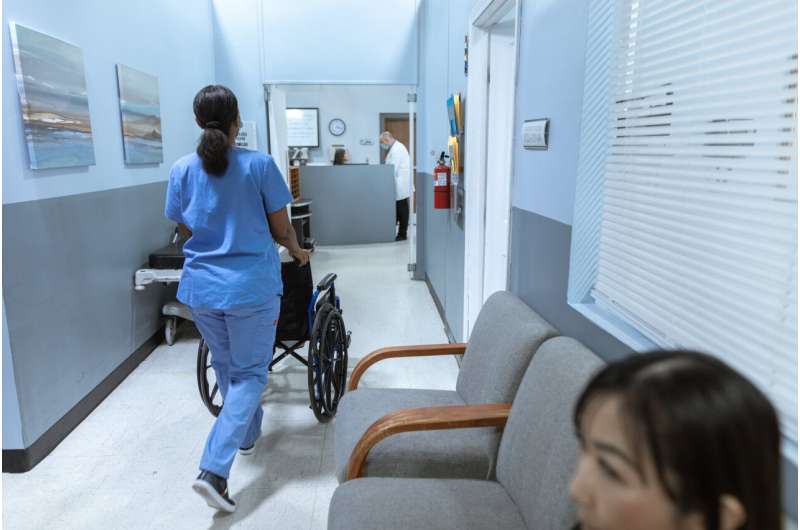Frontline Nurses Highlight Staffing Challenges, Language Barriers, and Profit-Driven Care Models

A new study highlights critical nurse-reported barriers to high-quality, equitable hospital care, emphasizing staffing, language access, and systemic profit motives as key challenges.
A recent study conducted by the Penn Nursing Center for Health Outcomes & Policy Research (CHOPR) sheds crucial light on the factors influencing hospital nurses' ability to deliver equitable and quality care, especially to socially disadvantaged populations. Published in JAMA Network Open, the research provides comprehensive insights into systemic, institutional, community, and individual barriers faced by nurses in their daily practice.
Surveying 1,084 direct care nurses across 58 hospitals in New York and Illinois, the study identified six core themes that significantly impact patient care. Firstly, a recurring issue is the prioritization of profits over patient well-being, where financial incentives often misalign with the goal of equitable treatment. Secondly, effective care continuity relies heavily on partnerships with social workers and community resources to connect patients with necessary support services.
Insufficient staffing and time constraints emerged as critical hurdles, with nurses reporting heavy workloads that hinder their ability to provide optimal care. The importance of technology in overcoming language barriers was also emphasized, highlighting the need for language access tools and in-person interpreters for patients with limited English proficiency.
Patient-related factors such as health literacy, family support, and trust levels were recognized as significant determinants of health outcomes. Moreover, nurses’ personal backgrounds and biases influence patient interactions, underscoring the necessity for cultural competency training and workforce diversity.
Lead author J. Margo Brooks Carthon stressed the importance of listening to nurses’ frontline perspectives and translating these insights into healthcare improvements. Proposed solutions include enhancing language support technology, strengthening community networks, and promoting cultural competence in training programs.
Overall, the study calls for hospitals to adopt patient-centered policies, invest in sufficient staffing, reinforce community partnerships, and foster workforce diversity to bridge disparities and elevate care quality for all patients, including vulnerable populations.
Stay Updated with Mia's Feed
Get the latest health & wellness insights delivered straight to your inbox.
Related Articles
Research Explores Why For-Profit Hospitals Have Poorer Patient and Nursing Outcomes
A recent study from the University of Pennsylvania explores why for-profit hospitals tend to have poorer patient safety and nursing care outcomes, emphasizing the importance of investment in nursing services for quality healthcare.
Recognizing the Hidden Signs of Androgen Excess in Women
Many women with excess androgens experience symptoms like acne, hair loss, and irregular periods, often dismissed as cosmetic. Early diagnosis and holistic care are vital for better health outcomes.
Identification of Blood Proteins That Predict Future Cognitive Decline
New research from Singapore identifies blood proteins that can predict future cognitive decline and dementia, offering promising avenues for early detection and intervention.



